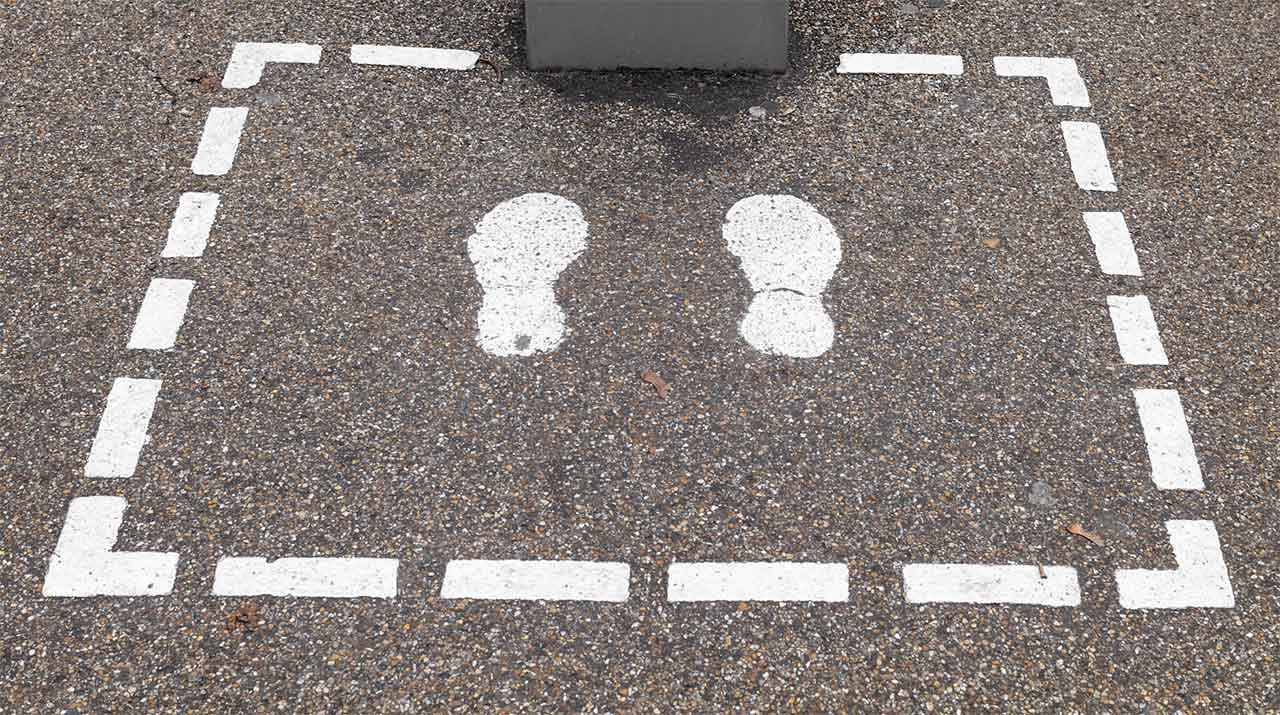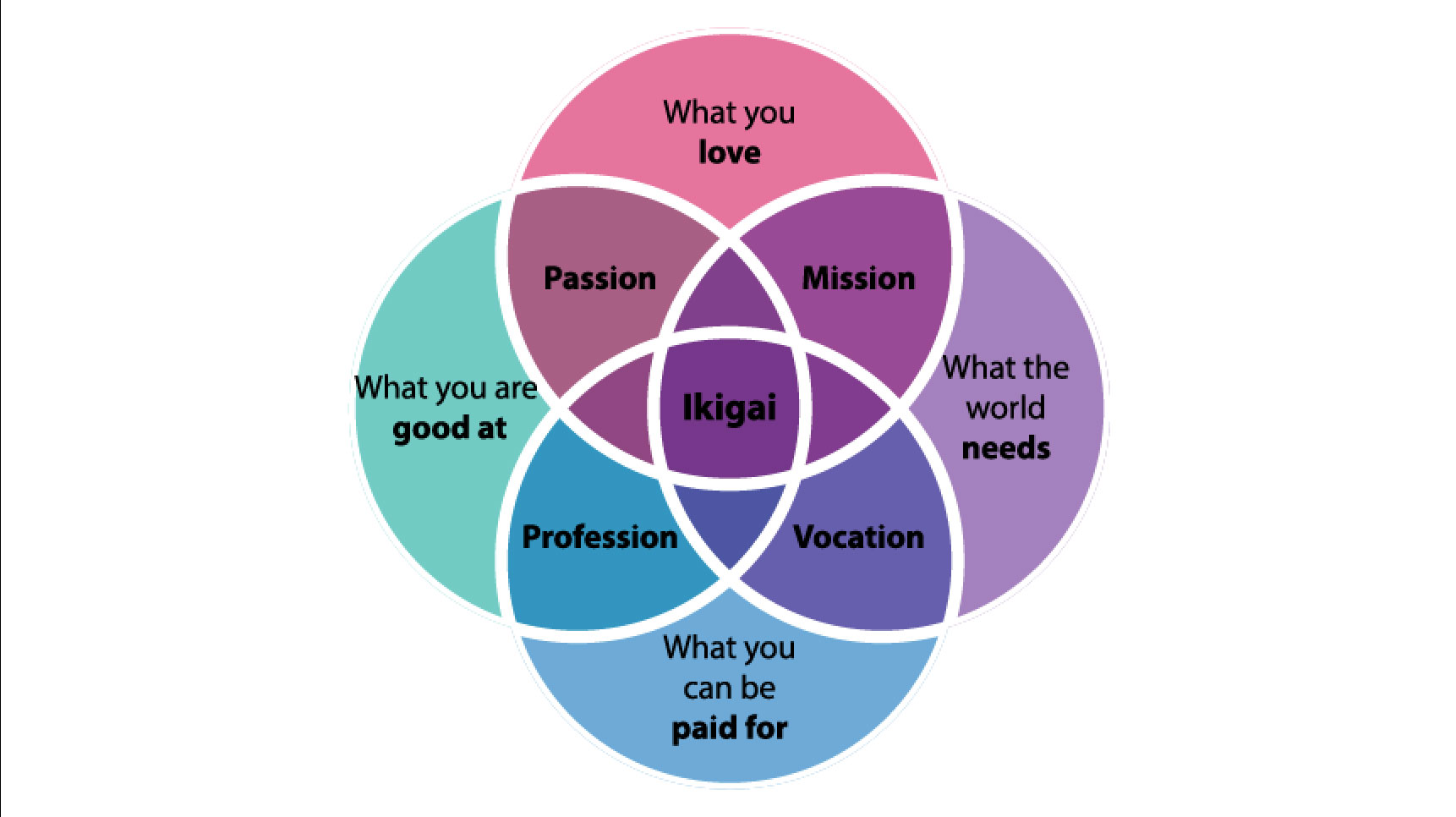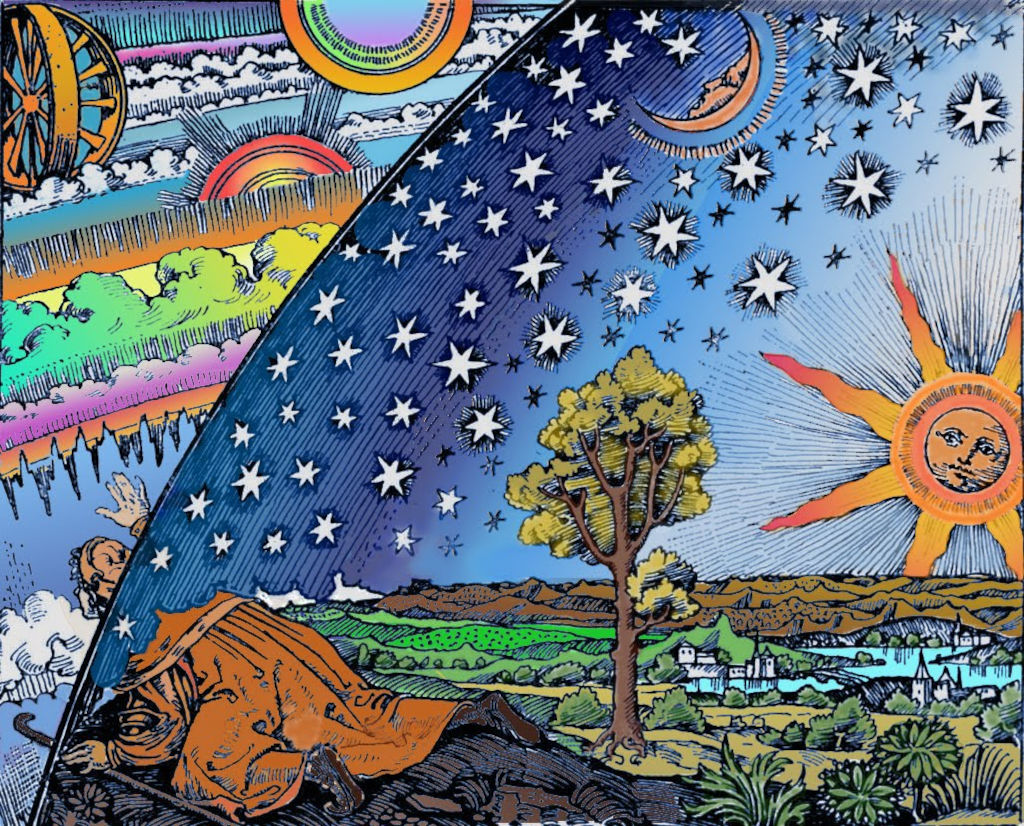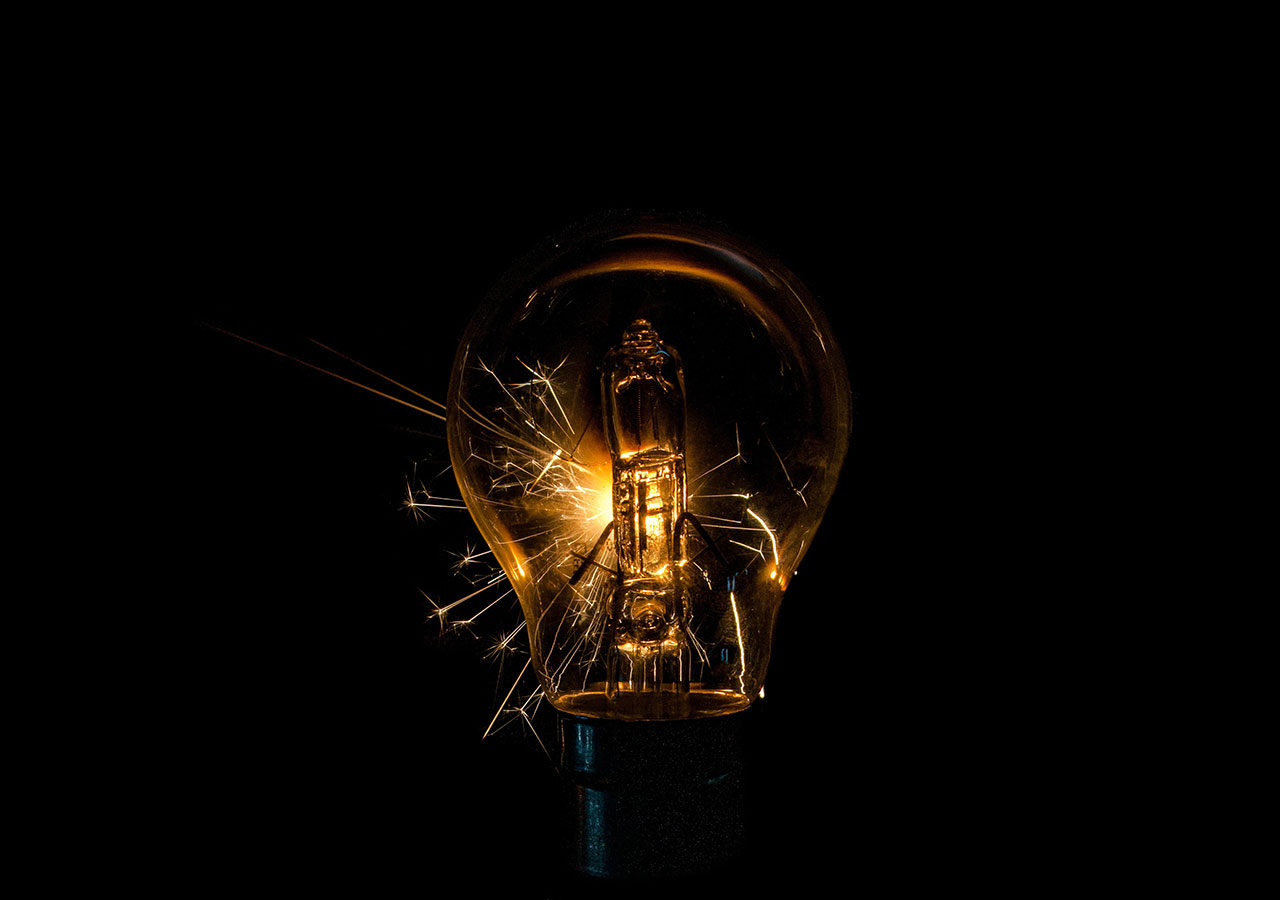It might seem counterintuitive, but complete freedom is a hindrance to creativity.
In reality, setting up rules and constraints to work within reduces decisions and makes it easier to focus. And rather than suffer from it, creativity thrives.
Without a direction or any restrictions, we end up with the paradox of choice, analysis paralysis, and decision fatigue. Ask anyone that’s stared at a blank page for long enough.
Unhindered freedom sounds most attractive to those who don’t have it. Most of us deal with constraints imposed on us, whether it’s a deadline, length, budget, or materials.
Science and engineering are filled with stories of creative innovations and discoveries, yet they all had to work within the laws of physics and were limited by the current technologies.
There are also cultural standards that apply constraints—not many employers will read a 40-page CV, even if there’s technically nothing stopping you from writing it.
But the limitations might also be personally imposed, a way to challenge yourself. Dr Seuss wrote Green Eggs and Ham using only 50 words, while Ernest Hemingway is credited with writing a story in just six words:
“For sale: baby shoes, never worn.”
Personal Limitations
If you’re your own boss and edging your feet into content creation, you face a very wide range of possible paths and styles. You have to make choices about the topics, the medium, the length, and many other aspects along the way.
With very few external constraints, you’re left having to devise your own internal conditions.
There’s an ideal sweet spot to find here. Having too few constraints can be paralysing or lead to an endless pursuit of perfection; too many and they will stifle you by not leaving enough room to manoeuvre.
The right amount will provide direction and purpose, allowing you to concentrate on the creative process without being overbearing.
Writer Dickie Bush laid out 7 creative constraints for content creators in a Twitter thread—time, topic, length, medium, platform, cadence, and environment.
Here’s a rundown of how you can use them to get your content creation journey running smoothly:
1. Environment
The most essential constraint to getting anything done is eliminating distractions. Whether it’s notifications from your phone, the lure of the internet, your daydreams, or the outside world around you, they are sure to provide problems.
It’s always a better idea to eliminate them than attempt to overcome them. So hide your phone, get a good app blocker, a decent pair of noise-cancelling headphones, and find the best location to focus.
2. Time
Don’t sit back and wait for inspiration to strike. Try to schedule your work for the same time each day, and work for the same length of time.
Once you get started you’ll often find things start to flow more naturally and inspiration will follow. Forming a routine will make it easier and easier to get into the zone.
3. Topic
Pick a subject that you’re knowledgeable and curious about, something you can approach from different angles and will struggle to run out of ideas for.
Then you should determine what type of content you’ll produce on it—actionable (here’s how), analytical (here’s what), aspirational (you can), or anthropological (here’s why).
Consistency here will ensure your growing audience knows what they’re getting.
4. Platform
Each platform has its own idiosyncrasies, where different types of content perform better than others.
Trying to spread yourself over too many of them means a lot of reformatting content and means you won’t be giving each network the care and attention required to build an audience.
It’s easier to migrate your audience from one network to another than to build an audience everywhere at once. Figure out which one is best for you and focus on that.
5. Medium
The medium is the type of content you’ll be making–videos, blogs, essays, illustrations, etc. Whether you first decide on the medium or the platform, it’s important to ensure they work well together.
Later, once you feel competent with that medium, you can reformat it for new forays into different platforms down the line.
6. Length
Whatever medium you choose, you should find a consistent length or size. That might be word count, pages, video duration, resolution, or some other metric.
Without a predetermined length, you are liable to keep adding ad infinitum. Like Hemingway’s 6 word story, you should be trying to get the point across as succinctly as possible.
7. Cadence
Just as you have a schedule for sitting down to work, you should also decide on a publishing schedule.
Cadence will depend on the length and medium of the content, as they constrain how quickly you can publish, but be sure to put a little pressure on yourself.
Setting deadlines provides a great added source of motivation and limits the possibility of procrastination, perfectionism, and overthinking
Break the Rules
As Brandon Rodriguez says, “Constraints aren’t the boundaries of creativity, but the foundation of it.”
Having set your 7 constraints, now you can go about producing content and letting your creativity shine. You should find that this all makes being creative easier than if you had no constraints in place.
What’s more, by staying consistent you’ll find an audience while improving your craft. And once you feel established and competent, you can begin expanding into new realms and mixing the constraints up.
After all, to think outside the box, you first need to have a box. Once you’ve established the rules, you’ll better understand when and how to break them.




